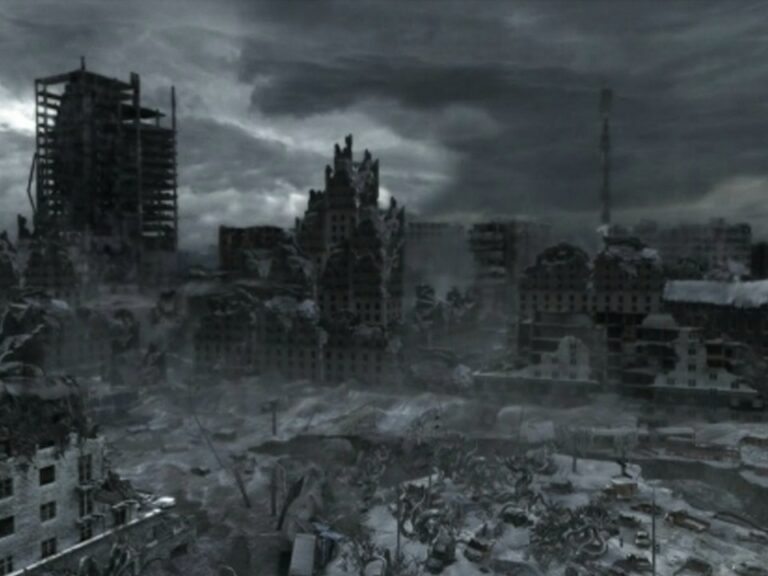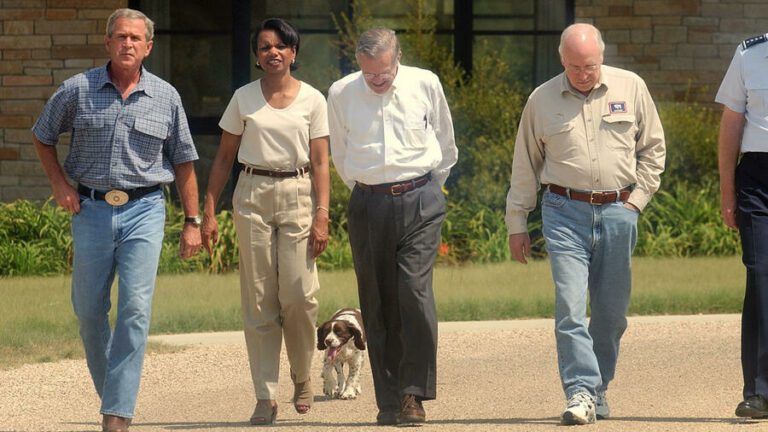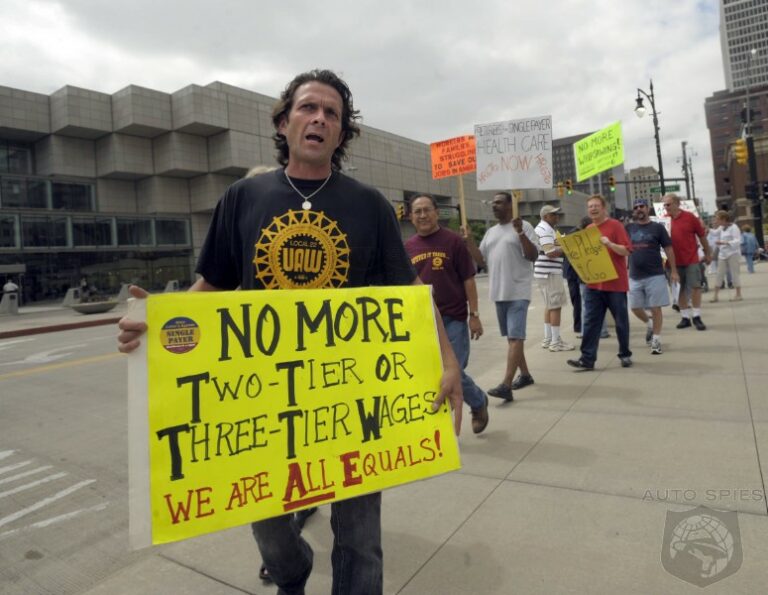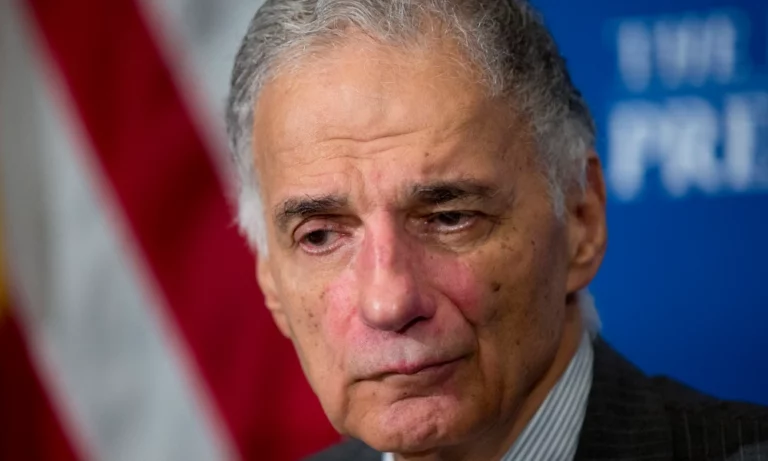The British bombing of Hamburg in 1942, and the American firebombing of Japan in March 1945 that killed as many as 120,000 people in one night, created the conditions for the atomic bombing of Hiroshima and Nagasaki which were considered mere extensions of the firebombing tactics, says Daniel Ellsberg on Reality Asserts Itself with Paul Jay. This is an episode of Reality Asserts Itself, produced November 4, 2018, with Paul Jay.
STORY TRANSCRIPT
PAUL JAY: Welcome come back to Reality Asserts Itself. I’m Paul Jay on the Real News Network.
In Daniel Ellsberg’s book The Doomsday Machine, he writes:
“In 1943 the RAF successfully tested a theory that had been conceived sometime before: that the best way to destroy large parts of cities was to harness the forces of nature by appropriately designed technology and tactics. Specifically, it was hoped that a “firestorm” could be created, a kind of fire that would change the local winds—in effect, altering the area’s weather. If enough planes were sent in en masse to do patterned area bombing with incendiaries, a lot of little fires would start simultaneously throughout a large area. This would be helped by first dropping high-explosive bombs, which would break up the structures and make for better kindling, and also block fire trucks from the streets. The fire departments would be unable to deal with the many small fires, which would spread and join together until they became a mass fire. A large part of the city would burn uncontrollably.
As this happened, super-heated air would rise rapidly in a strong updraft, thus creating a low-pressure area, sucking in winds from the surrounding area. In effect, the fire would create its own draft, changing wind patterns. And the new oxygen coming in would feed this fire like bellows on a hearth, turning the entire city into a furnace. That was the theory. After many attempts, success finally came in Hamburg on the night of July 27, 1943, in Operation Gomorrah. It was proven that with this effect, temperatures could rise up to 1500 degrees Fahrenheit. Everyone died in the area within the circle of fire, fed by winds coming from all directions, at up to 150 miles per hour.
Those in shelters died from asphyxiation, if not from heat. The calcium carbonate in cement decomposes and the silicate sand in concrete can melt at this temperature, causing buildings to collapse. Asphalt melted and firefighters were trapped; their equipment bogged down on the street, preventing them from moving. People fleeing the flames were stuck in the asphalt and became flaming torches. The radiant heat itself without the visible flame was so intense that it crossed fire-breaks and streets and spread the fire within this zone of death. About forty-four thousand civilians died in Hamburg.”
We’re continuing our discussion with Daniel Ellsberg. Thanks for joining us.
Talk about the 1942 decision to firebomb Germany.
DANIEL ELLSBERG: Actually, firebombing, of course, did not actually begin as practice with that. The world saw the precedent of fascists, Japanese in Shanghai, as early as 1932, and then again with the full-scale war in ‘37 and ‘38 were bombing cities like Shanghai and Beijing, Nanjing. Civilians. The Germans and Italians both bombed Guernica, the famous attack that led to Picasso’s big mural on that killing- by the way, emphasizing seeing a bull, an animal, and women wailing, and whatnot, emphasizing that it was the annihilation of civilians in the city center of Guernica. And then later Hitler, who had never believed that a war would be won by bombing cities, as some people did in Britain and America, did in fact, having found that his possible invasion of Britain was foundering, turned to terror bombing in the Blitz in London in 1940.
So you had this clear precedent of- and I remember when I was 9 years old seeing Edward R. Murrow and others reporting in newsreels from the bombing, and seeing the buildings blazing. And you know, it defined Naziism, in effect; the killing of women and children, civilians in general, strafing people who were fleeing in Poland or France on the roads. And that was Naziism, as far as I was concerned. And indeed so, it was a murderous, ruthless, no limitation on means philosophy which some people in Britain and America- some in the British Air Forces had always thought that is the way, after all, to win a war quickly. That was not the majority view in either the Air Force in Britain or America. But there were some who believed that early on. Billy Mitchell, for one, in our country, and a number of British.
They found in ‘41 that their bombing of Germany, of factories, attempting to do it was too- in trying to do it the way we were doing, in daylight raids, with some precision aiming at particular factories- cost too many of their bombers to air defenses and to fighters. So they turned to night bombing, which was, especially in the early days of radar, was so inaccurate that they had trouble finding a city at night, let alone a factory. There was no question now of bombing just a base, or a port, or a factory. They had to aim at a city. And they specifically in February of ‘42 turned consciously to a policy of aiming at the built-up portions of workers’ housing. Not just because they were workers, but because compared to the owners’ housing, they were closer together. And the fire, if you used incendiaries, would spread, and there would be more effect.
So the British turned to a conscious policy now which they denied to the end of the war to their own Parliament and to their public. They claimed that they were aiming at military targets, but in fact they were aiming at the centers of cities. Not, by the way, at military targets, which tended to be on the suburbs or ports. As was true in Hiroshima, by the way. When Truman, back now in ‘45, told the people- and I remember the announcement- that we have bombed Hiroshima, a military base … well, there was a military base in Hiroshima, but it wasn’t the target of the atom bomb. It was in the suburbs, and was in fact hardly injured, as were some factories, military factories. The aiming point was the center of the city, where the most people would be killed. And even there they weren’t able to kill as many people with one bomb as LeMay had killed in one night in March 9 and 10 of 1945 with 300 bombers, where they killed between 80,000-120,000 people.
That was the largest terror attack- terror being the deliberate killing of civilians for political purposes- that was the largest act of terrorism in human history. More people in one day dying, burned to death, or being suffocated, or boiled to death in canals that were boiling, where they sought shelter from the flames. More people than in any other event in human history. More than Hiroshima or Nagasaki. Almost no Americans have that in their consciousness at all. But that was the culmination of three years of bombing cities, and it led them to the efforts to do the same- unsuccessfully, to some extent- to the next 64 cities in Japan, so that by the end of July, before the atom bombs, we killed between 600,000 and 900,000 Japanese civilians, 600,000 in Germany. And the lowest figure given for Japan is 300,000, but the figure that McNamara gave in the Fog of War, the documentary, was 900,000. And that’s before the atom bombs. Add another 300,000 for those two bombs and you get a figure of killing of civilians which is about the number that were killed at Auschwitz in the course of the war.
The point being that with a war that started with FDR, Franklin Roosevelt, calling on each belligerent on September 1, when Germany attacked Poland, that they should refrain from bombing cities in this. And they all, including Hitler and the others, and the British rather reluctantly because of this strain in Britain, but they all agreed. And by the end of the war under Franklin Roosevelt we were bombing, killing as many Japanese civilians as we could, day after day, city after city, culminating under Truman with the atom bombs.
Now, the effect of that was that the notion that there was a grave decision whether to use the atom bomb is a total delusion. And for a very sound reason; there was no decision to be made. The atom bomb in the short run, in terms of how many body count, did not pose any moral problem that had not been faced and conquered, any scruple, many months and even years before. It was just an extension. It was a more efficient way with one bomb of doing what we’ve been doing every day for months and years. So there was no decision to be made. There was essentially no opposition to this. The only reason to oppose it, basically, at that point were the long-run considerations of where this would go in terms of a competitive arms race. The scientists knew in Chicago, but Truman really never heard. It never got to him.
So that opportunity to stop it was missed, and the arms race was on. But even so, the same decision this time was faced more significantly by Oppenheimer and others with the question of the H-bomb. Do you need a bomb a thousand times more powerful than the A-bomb, which in turn was a thousand times more powerful than the largest bomb of World War Two?
Trump, by the way, just used last year a bomb they called the MOAB. I forget what the acronym means, but popularly known as the Mother of all Bombs. And they described it as the largest bomb that had ever existed. Conventional explosives. That’s not true. It was about a 20-ton bomb, which was a standard bomb by the British, at the end of World War II. A blockbuster, so-called because it destroyed a block of city buildings with one bomb. That was basically true. They called blockbusters five tons, ten tons, and there were a lot of 20-ton bombs. The Hiroshima bomb was the equivalent of 15,000 tons of TNT. Nagasaki, 20,000 tons. So that’s a thousand times more. Very few Americans, I think, appreciate that the H-bomb, which came along nine years later, uses a plutonium Nagasaki-type bomb as its trigger, its detonating cap, its percussion cap, you might say. And its explosive yield of the first bomb used, it tested in ‘54, was 15 million tons equivalent of TNT.
But what’s little known, I think, is the point I made- and I make it because I mentioned the earlier one- the dry explosive fuel for the fusion reaction triggered by the fission bomb, the Nagasaki-type bomb, was a mixture of lithium-6 and lithium-7; it was lithium deuteride. And most of it was lithium-6. These are isotopes of lithium. And their belief was that the lithium-6, which occurs most naturally in natural lithium was inert, would not be part of the explosion, only the lithium-7. Wrong. Under the conditions of a fission explosion, which, you know, they’d never had an experiment like this before, fast neutrons occurred from the fission explosion which had the effect of releasing neutrons from the lithium-6, and tripling the explosive yield.
You know, that’s exactly what Fermi had feared years earlier in ‘45, 9 years earlier. And a physical effect, an interaction, actually, that they had not considered, and which could perhaps then have destroyed life. But the fact is they were gambling in ‘45, and they were gambling in ‘54 and the others, in a way that had the possibility not, it turns out, of destroying all life on earth or the earth itself, but of destroying humanity. That has always been there. We’ve been gambling with that the way our scientists did at Trinity, the way we did, ever since. And both the U.S. and Russia and all really the other nine states have joined us have gambled in a process that they basically all know has a risk, a non-zero probability, of ending with the destruction of the civilization of the last ten thousand years, and quite possibly a good deal more than that. We haven’t yet talked about nuclear winter. But the nuclear winter which was not discovered until ‘83.
An effect that no one had foreseen or measured was- we’ll have to talk about that- nuclear winter; the smoke that would be lofted into the stratosphere and blot out or absorb most of the sunlight, and starve everyone as soon as global supplies of food were supplied- which would be a matter of months. So within a year, not everyone would die. Extinction is very unlikely from this. But near extinction is almost certain.
PAUL JAY: OK. As a 27, 28-year-old you joined the Rand Corporation. And it isn’t more than a couple of years until you’re actually planning all-out nuclear war. And we’re going to pick up that story in the next segment of our series of interviews on Reality Asserts Itself with Daniel Ellsberg.





